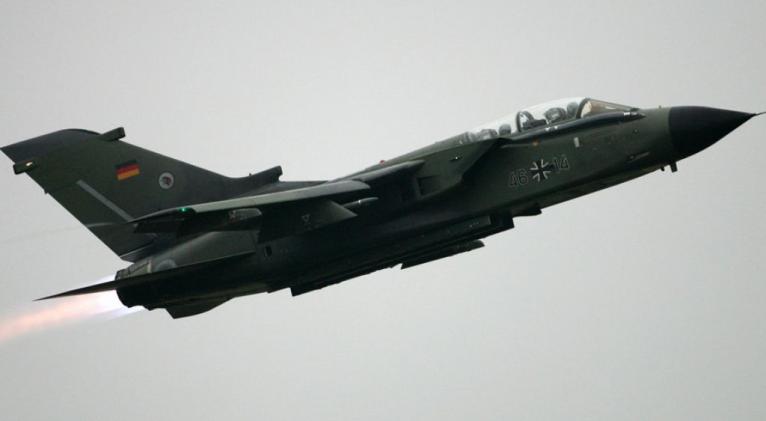US to bring in new advanced nuclear bombs to Germany – report
especiales

The base in Rhineland-Palatinate in western Germany hosts German Panavia Tornado multipurpose aircraft that are capable to deploy the USAF nuclear bombs stored there under a nuclear sharing deal. The base is the only location in Germany that has nuclear weapons since 2007 and has 20 of them, according to the Royal United Services Institute.
The US is currently working on a new variant of the B61, Mod 12, which would be more accurate and have smaller yield than modifications 3 and 4 currently deployed in Europe.
READ MORE: US B61-12 nuclear bomb test may be drilling use in Europe - Moscow
ZDF cites budget documents indicating that in third quarter this year the base would receive funding for the future storage and deployment of the new B61-12s. That includes the upgrade of the Tornado aircraft.
The report notes that nuclear disarmament was part of the 2009 coalition parliament between Chancellor Angela Merkel’s CDU party and Free Democrats. In 2010, the German parliament called on the government to have the American nuclear weapons removed from its soil, citing public support for such a decision.

Berlin also intended to retire its fleet of Tornados by 2015, with no plans to have a replacement capable of deploying the American nuclear bombs. The F-35 is capable of dropping B61, but Germany doesn’t intend to buy the expensive aircraft and chose Eurofighter Typhoon to be Tornado’s successor.
In 2012, Berliner Zeitung reported thay Berlin had quietly decided to keep at least some of the Tornados operational until as far as 2024.
The B61-12 would be more precise and less destructive than its predecessor, which proponents say would be a major benefit. Critics say the weapon would be on the borderline between strategic and tactical and decision makers would be more tempted to use them, which could have unforeseen and grave consequence for the global security.
Former parliamentary state secretary in Germany’s Defense Ministry, Willy Wimmer, told ZDF that the move to upgrade Büchel Air Base nuclear arsenal gave NATO “new attack options against Russia” a constituted “a conscious provocation of our Russian neighbors.”
Moscow keeps the presence of American nukes in Europe in mind when shaping its own military policies as reflected in Russia’s newest military doctrine published last year, spokesperson for the Foreign Ministry Maria Zakharova told German television.
“The comprehensive analysis of the situation points to the threat posed by the increasing military capability of NATO and its endowment with global functions, which it performs in violation of the international law, as well as the encroachment of the military infrastructure of NATO members on the borders of the Russian Federation,” she commented.

Moscow has been critical of the entire nuclear sharing program between the US and European countries, saying it breached the spirit of the Nuclear Non-Proliferation Treaty, which forbids the transfer of nuclear weapons to non-nuclear states. Washington insists the NPT does not forbid it to keep nuclear weapons in Europe as long as they remain under control of the US troops.
Russia’s concern about the nukes partially comes from the fact that the US trains troops of European nations, including those not hosting American nuclear weapons at all, to deploy them, which, Moscow says, harms the regional stability and threatens Russia’s national security.
The German defense ministry would not immediately comment on the ZDF report.













Add new comment